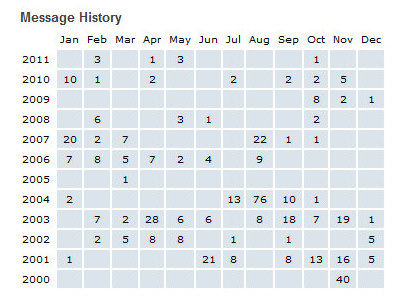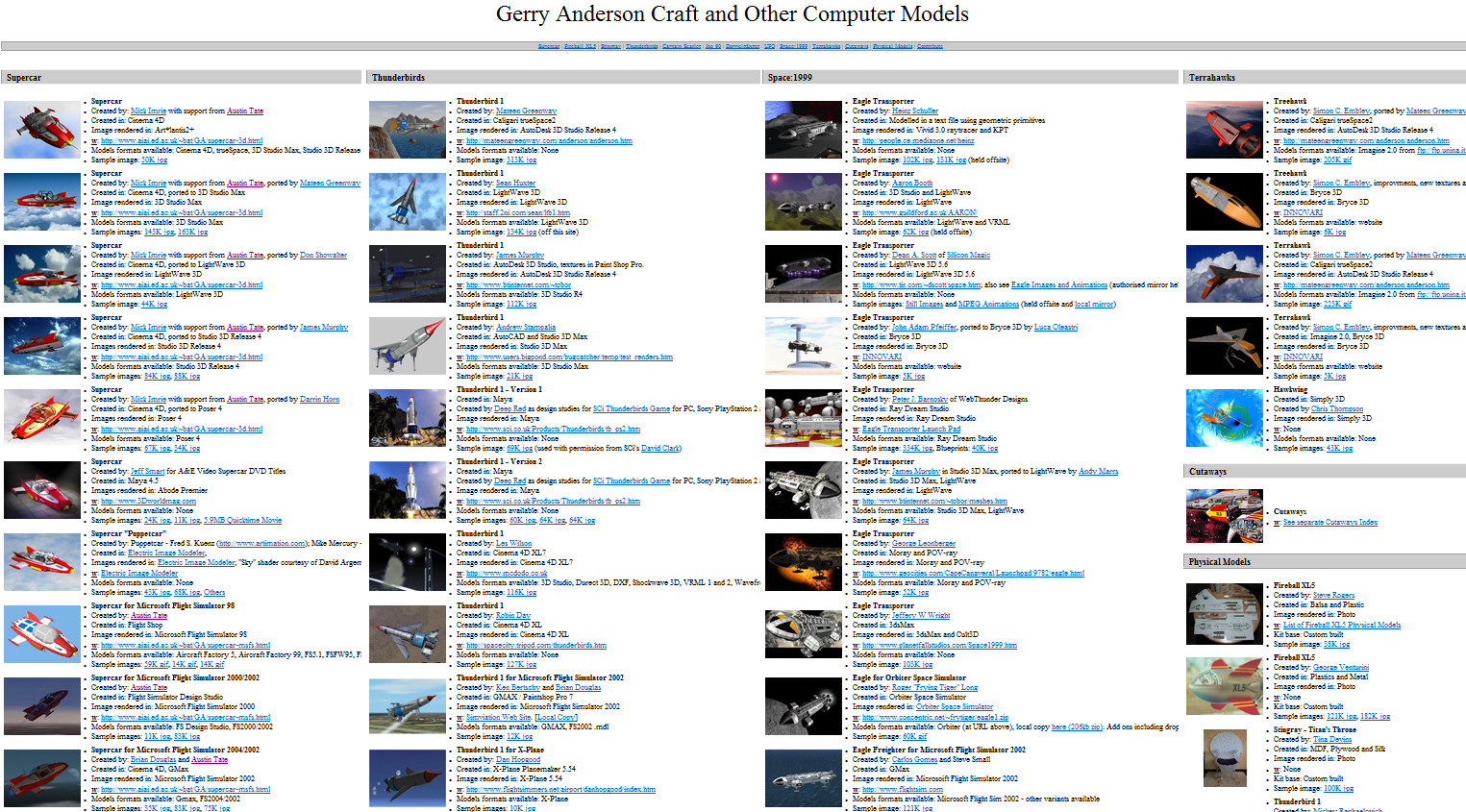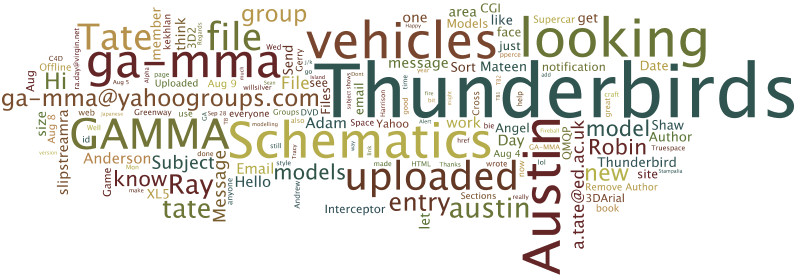Virtual Ethnography
Initial Assumptions and Positions
I begin with a view that strong and important virtual communities can
exist even amongst people who have never met one another. In contrast
with the remarks mentioned by Bell (2001) and attributed to
Tönnies (1887) on the positively described "Gemeinschaft"
communities (closely knit village style societies of the past) and the
negatively described (weakly knit and "shallow") "Gesellshaft"
communities.
Hine (2000) notes that ethnography can be used to study "remote and
exotic forms of life", and implies Internet communities are such
forms. I do not see them as strange and foreign in this way. But he
mentions the value of "understanding through participation and
observation" and the value of seeking to "expose the emerging analysis
to challenge through interaction". To address this I was originally
considering a probing experiment with my selected virtual community,
which would have involves me acting as a new member of that community
and asking a couple of questions that range from an
obvious noobie question everyone has seen before to a very
technical question needing expert assistance and deep knowledge of
resources that the community might hold. But, I had to question
whether it is ever ethically valid to pose as another person when you are
a already a member of a community. Put it another way in more everyday
terms, is it ethical for management for example to go into a shop or
access a service as a "secret shopper" to validate its service levels?
I would answer yes... especially if the result can improve the
offering. But care must be taken not to impose any additional work
burden on the participants who might give their time and resources
unfairly for a non-genuine enquiry or request. A question chosen to be
answerable without additional effort should be sought as a test probe
for this reason. However, after some useful discussion of ethical issues on
the "Digital Cultures" course forum, and knowing I had seen such
interactions alreday in the group message traffic that I could draw
upon, I decided against this type of probe, and instead determined to
only use publicly available message traffic.
Hine (2000) suggests that "the object of ethnographic enquiry can
usefully be reshaped by concentrating on flow and connectivity rather
than location and boundary as the organizing principle". So the
study looked at interactions over time between members and how they
responded and what they produced as additional resources within the
community.
I consider that "Communities of Interest" and
"Communities of Practice" provide a strong social binding and bonding
force. But its definitely not the type of "community" that Bell (2001)
thinks about when considering if being a car driver makes him part of
a community. I would answer a definite "no" on that one where he says
"maybe" to let him go on and make his points. So we need to define
what I believe GA-MMA has that is different to the set of car drivers.
Study Questions to Address
So, given my position and given the guidance of the other virtual
ethnography studies mentioned, I began the analysis with these
questions in mind:
- How does group respond to a new user? Is it a clique or open? Does
it welcome new users? Does it consider itself a group of individuals
or representing an area of interest?
- How does the community respond to request for an asset, blueprint or image?
Look at the message logs and what assets are pointed to as a result.
- There has been continuity of connection between members of the
community across changes of social networking platforms and methods.
Is this an indication of a sense of community between members?
- Staying in touch? How many people drop out? How many do not
update their contact details (look at blocked or bouncing e-mail
numbers as an indicator, though that does not indicate user cannot log
in and explicitly see contents, messages and resources)?
GA-MMA Message Corpus
This analysis was performed on just short of 500 open access GA-MMA
Yahoo group messages across a 12 year period (2000-2011). It excluded
any message traffic between individuals or only accessible with a
group member login.

The messages were extracted using an Internet
available message board message extraction tool, followed by some post
processing to remove common message board navigation phrases and
message header words. The tool, technique and keywords and phrases removed
are described at
http://atate.org/mscel/ethno/res/yahoo-group-message-grab.txt
Observations about GA-MMA Message Traffic
The "sense of community" seems in GA-MMA to go beyond common interest
fan club membership or a group who happen to perform the same activity
or use the same device. GA-MMA involves interactions which respond to
people's queries and requests with real effort. But its not a task
orientated community either as many work orientated on-line grouping
are. It may set tasks up as "projects" between its members, but those
themselves come and go as interests are developed. They are just one
aspect of the longer term enduring relationships across the group.
What was striking also was that the specific focus of the group is
not dominated by the particular "TV series" interests of the original
founders, which tended to include "Supercar" and "Fireball XL5". But
more broadly seems to reflect the later TV shows indicating the wider
membership now in GA-MMA. A Wordle tag
cloud on the text of the message traffic indicates that some of
the most popular TV shows amongst the Gerry Anderson productions are
most reflected in the message content. The top one being
"Thunderbirds", easily the most popular of the Gerry Anderson
series.
Group communication is at a low level, but does spread across the
whole life of the group. It seems to go in fits and
starts. We can see a particular peak of activity in August 2004. I
wondered if that might relate to a new Gerry Anderson series being
discussed. But on analysis of the message traffic, the cause was one
or two detailed requests for assistance and blueprints with subject
header "Re: looking for Schematics of Thunderbirds and vehicles" which
led to a flurry of helpful inputs, postings and file uploads of new
resources by various members. There was a very low number of messages
in 2005, which it is more difficult to explain without
speculation.
Bell (2011) states "communities are imagined and held together by
shared cultural practice (rather than just face-to-face interaction".
In this spirit, we can observe that the 3D/CGI modelling packages
used by members of the community are very widespread indeed. Though
common formats are use for model exchange, it seems that almost every
major 3D modelling tool is in use across the community, and that has
been one of the mainstays of the ways in which it has continue to
cooperate as a community. Members frequently are asked by others for
import and export of specific models or parts of models. The
community seems to respond very promptly to such requests.
The sense of community for GA-MMA goes beyond the choice of a
particular technology platform for communicating... indicating that
the group adapts its communications over time while still retaining
the aim and spirit of the community. The history of the GA-MMA group
indicates it has had a number of curators of its assets, and has
passed these on successfully when hosts, services or facilities become
unavailable. The stability of the GA-MMA Yahoo Group for 12 years has helped
give a single forum for discussions across the community. The
GA-MMA Craft Index web area is a single resource to ensure an index of
modellers and models is maintained, and the community knows how to
have entries added to that, as frequently occurs.
|
 The Functioning of GA-MMA as a Virtual
Community
The Functioning of GA-MMA as a Virtual
Community



